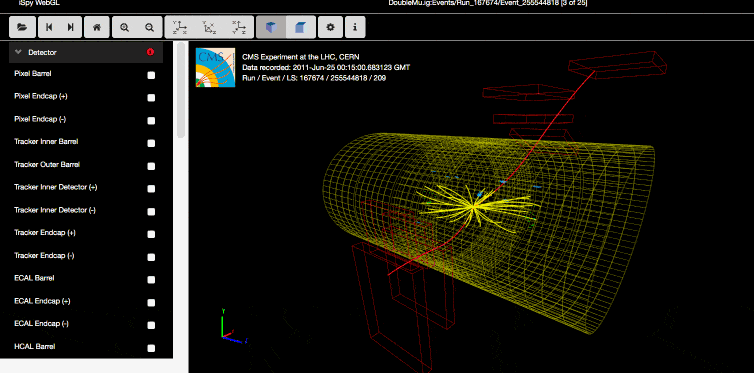For the amateur physicists out there, I have some great news: CERN just made the biggest data dump in the history of particle physics, sharing 300 TB of Large Hadron Collider (LHC) data online. It’s completely free, and it’s high quality data too, from the Compact Muon Solenoid (CMS) experiment at the LHC. Anyone can access it, and if you’re into particle physics – yes, you should.

The Large Hadron Collider is the largest, most complex experimental facility ever built, and the largest single machine in the world. It’s a fitting construction for a machine built to unravel the very fabric of the Universe – the subatomic particles which make out elementary particles and atoms.
As you’d expect from such a large project, it came up with a trove of data – valuable, high quality data – and in the spirit of good science, the lead researchers decided to make it available for everyone, for free.
“[O]nce we’ve exhausted our exploration of the data, we see no reason not to make them available publicly,” says Kati Lassila-Perini, who works on the CMS experiment.
“The benefits are numerous, from inspiring high-school students to the training of the particle physicists of tomorrow. And personally, as CMS’s data-preservation co-ordinator, this is a crucial part of ensuring the long-term availability of our research data.”
Of course, the data isn’t going to be easy to understand – this isn’t your average pretty picture with a caption beside it. The good thing is that if you really want to start looking through it, you can do it with a regular computer or a laptop, which means it can be addressed at a university or even high school level.
This data can spark new interest in physics, but it can even lead to new discoveries. It’s quite possible that researchers might have missed some things, and people looking over open-source data is a great possibility to re-check that data. New findings are constantly being made with open-source data in archaeology and medicine, among others.
Was this helpful?



